Nutritional Benefits
Poha is a nutritious option for breakfast or a light meal. It is rich in carbohydrates, providing a quick source of energy. Additionally, poha is low in gluten, making it easy to digest and suitable for those with gluten sensitivities. When prepared with ingredients like vegetables, peanuts, and spices, it becomes a well-rounded dish offering protein, fiber, vitamins, and minerals.
Traditional Poha Recipe
The traditional poha recipe varies slightly by region but typically includes the following ingredients:
• Flattened Rice (Poha): The main ingredient, soaked briefly to soften.
• Onions and Potatoes: Sautéed to add texture and flavor.
• Green Chilies and Curry Leaves: For a spicy and aromatic touch.
• Mustard Seeds and Turmeric: Essential spices for flavor and color.
• Peanuts: For added crunch and protein.
• Lemon Juice and Coriander Leaves: For freshness and zest.
Cultural Significance
Poha holds a special place in Indian culture, often associated with comfort and tradition. It is a common breakfast choice and is also served as a snack during festivals and special occasions. In many Indian households, poha is a go-to dish for its ease of preparation and satisfying taste.
Health Benefits
In addition to being delicious, poha offers several health benefits:
• Digestive Health: Being light and easy to digest, it is gentle on the stomach.
• Energy Boost: The carbohydrates in poha provide a quick energy boost, making it ideal for breakfast.
• Nutrient-Rich: When prepared with vegetables and peanuts, it provides a balanced mix of protein, fiber, and essential vitamins and minerals.
• Weight Management: Poha is relatively low in calories and fat, making it a good choice for those looking to maintain or lose weight.
How to Store Poha
Store uncooked poha flakes in an airtight container in a cool, dry place to maintain freshness. Once prepared, poha can be refrigerated for a day or two, though it is best enjoyed fresh.


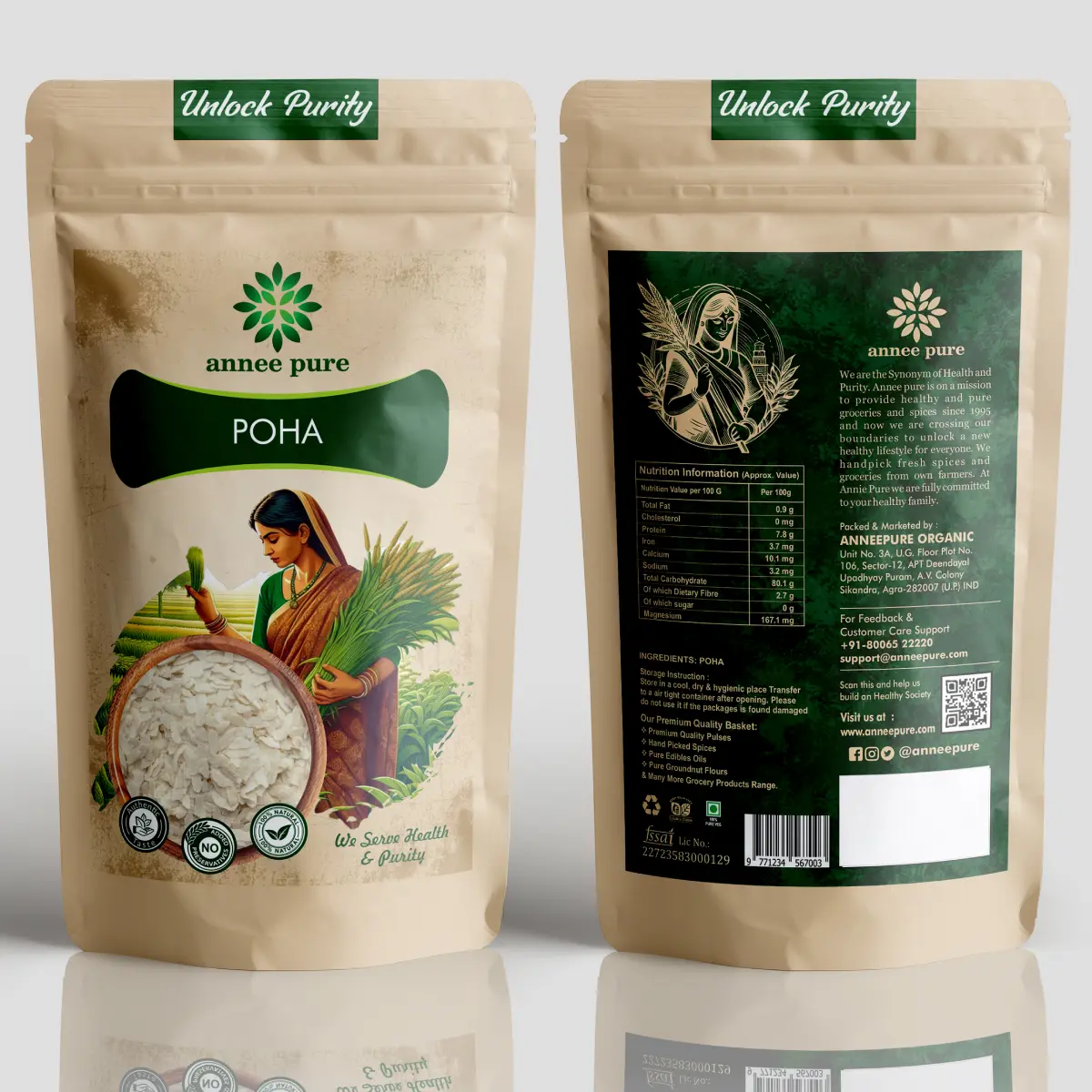



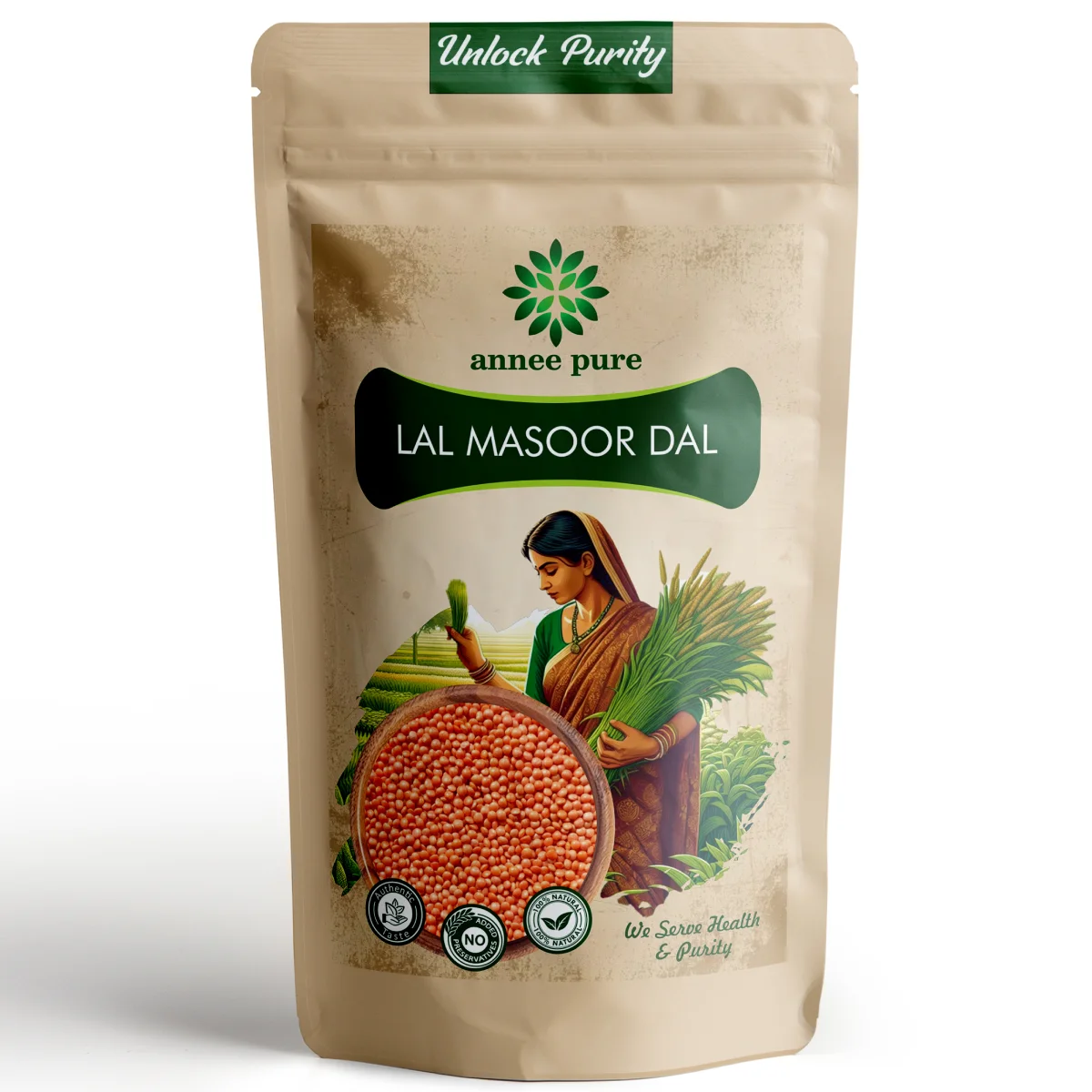
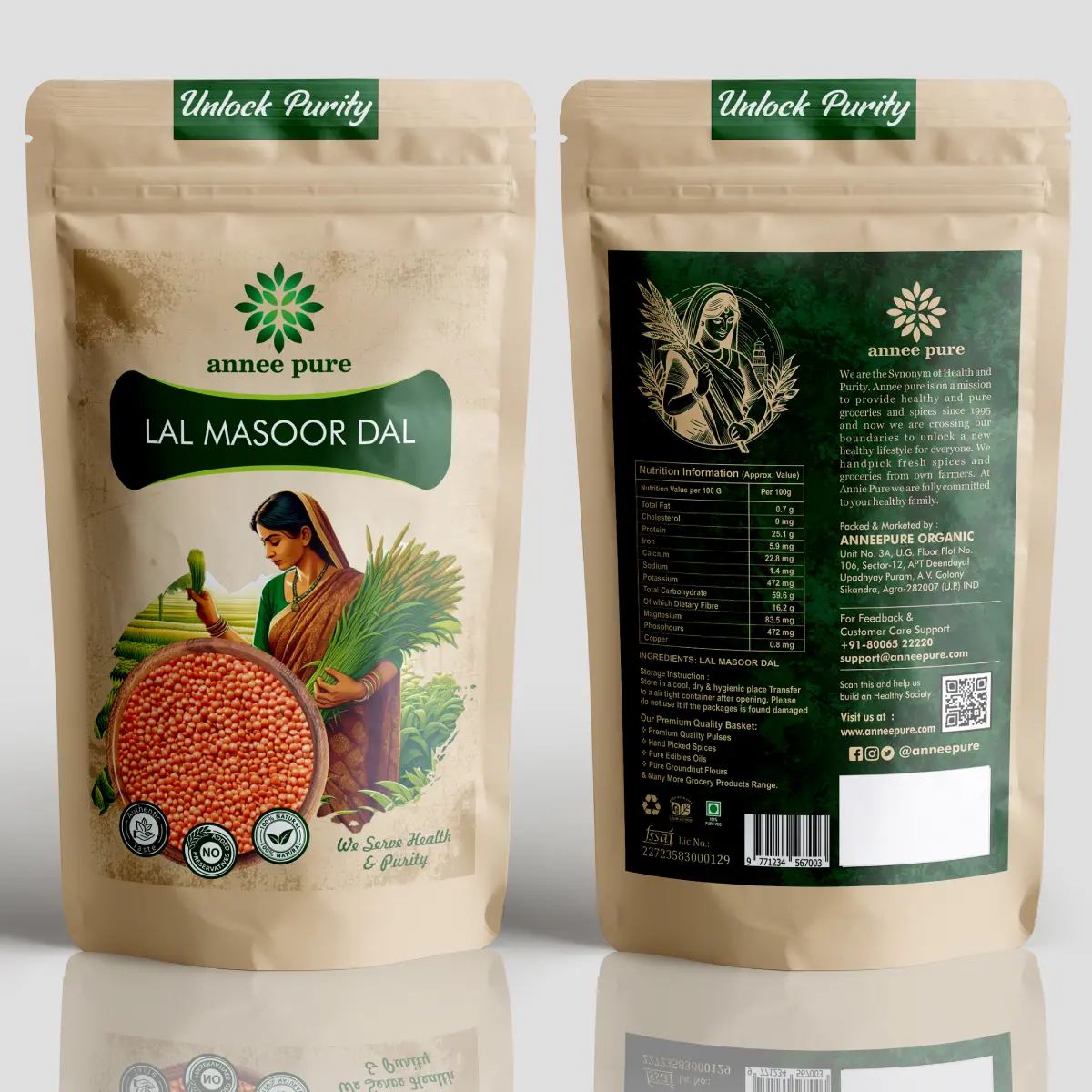


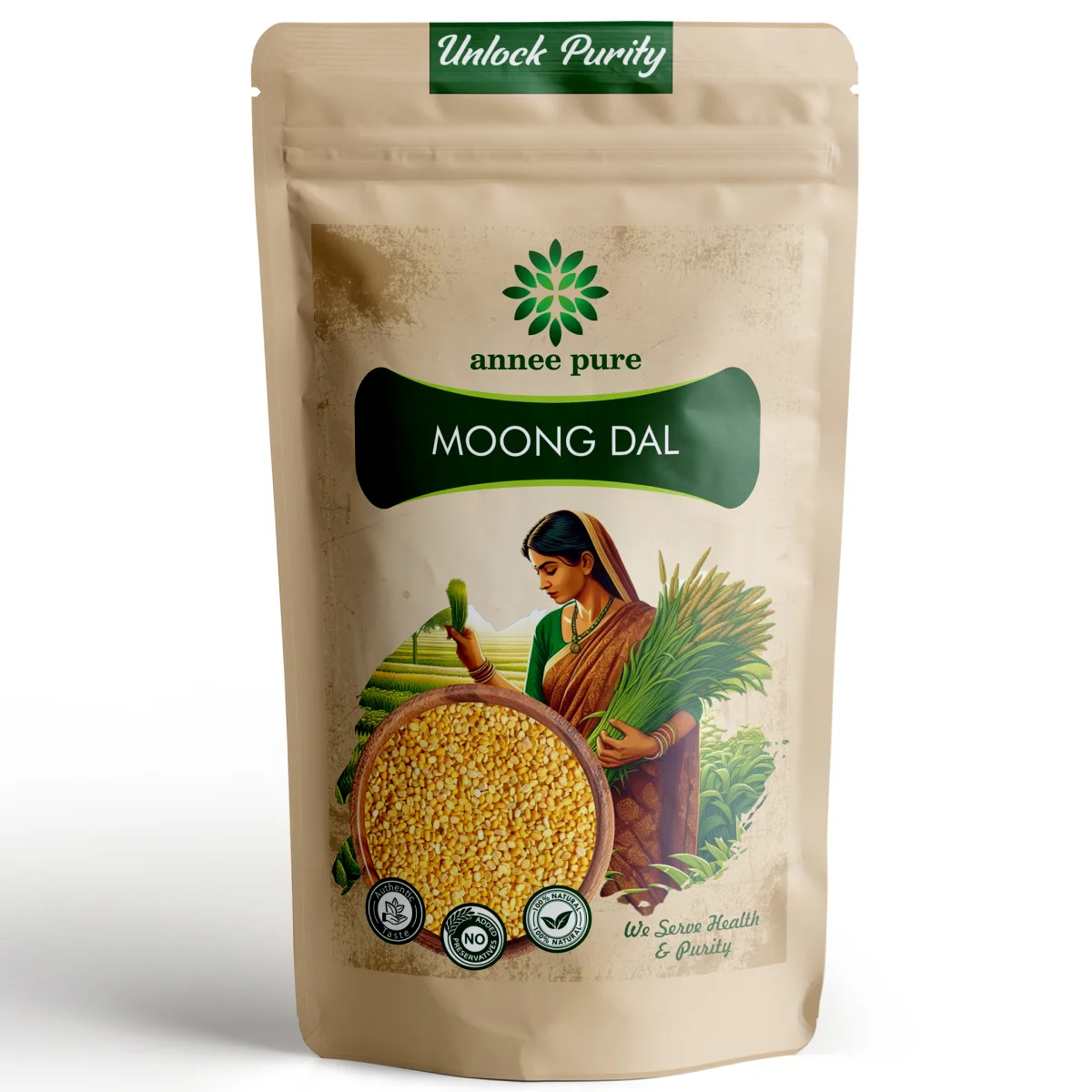
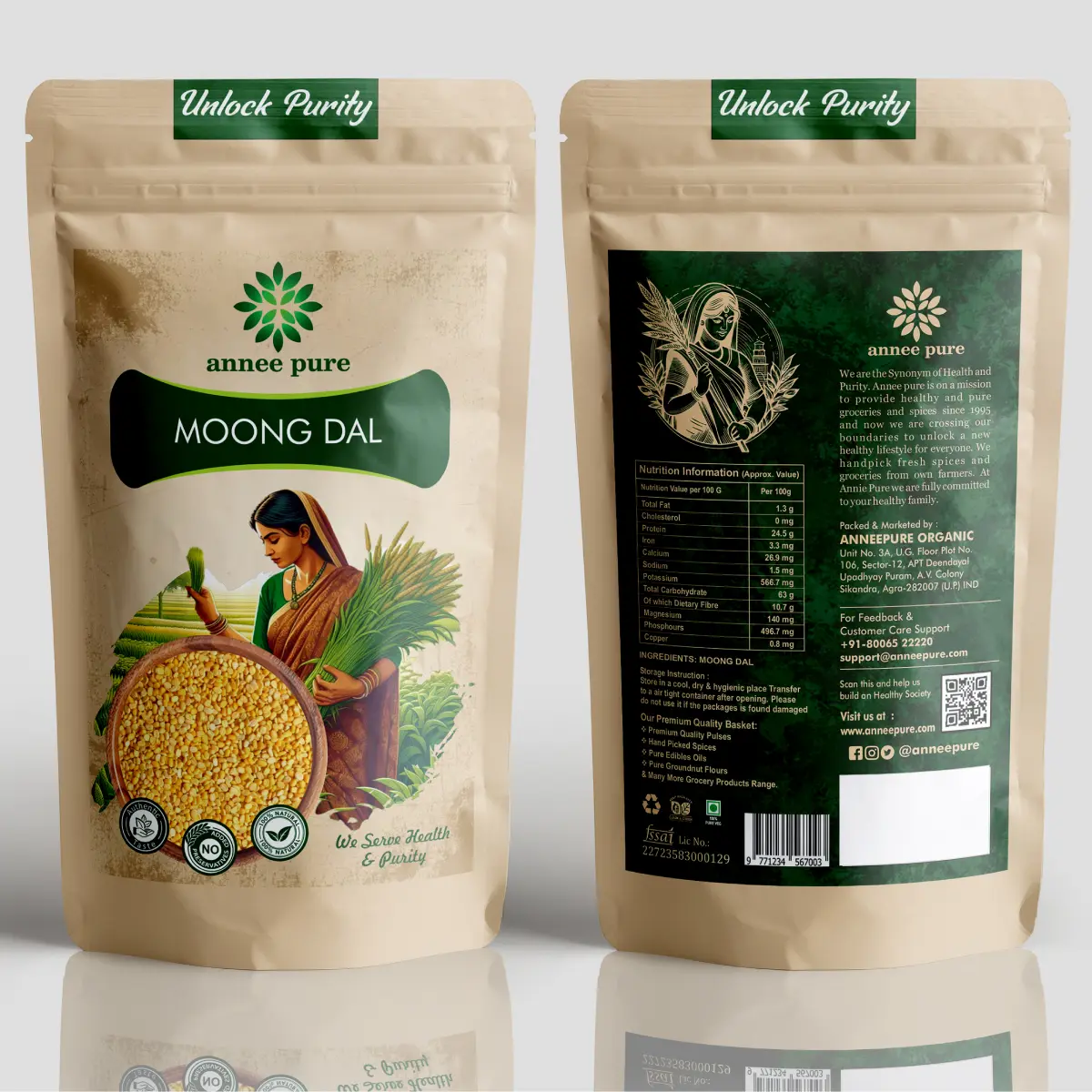
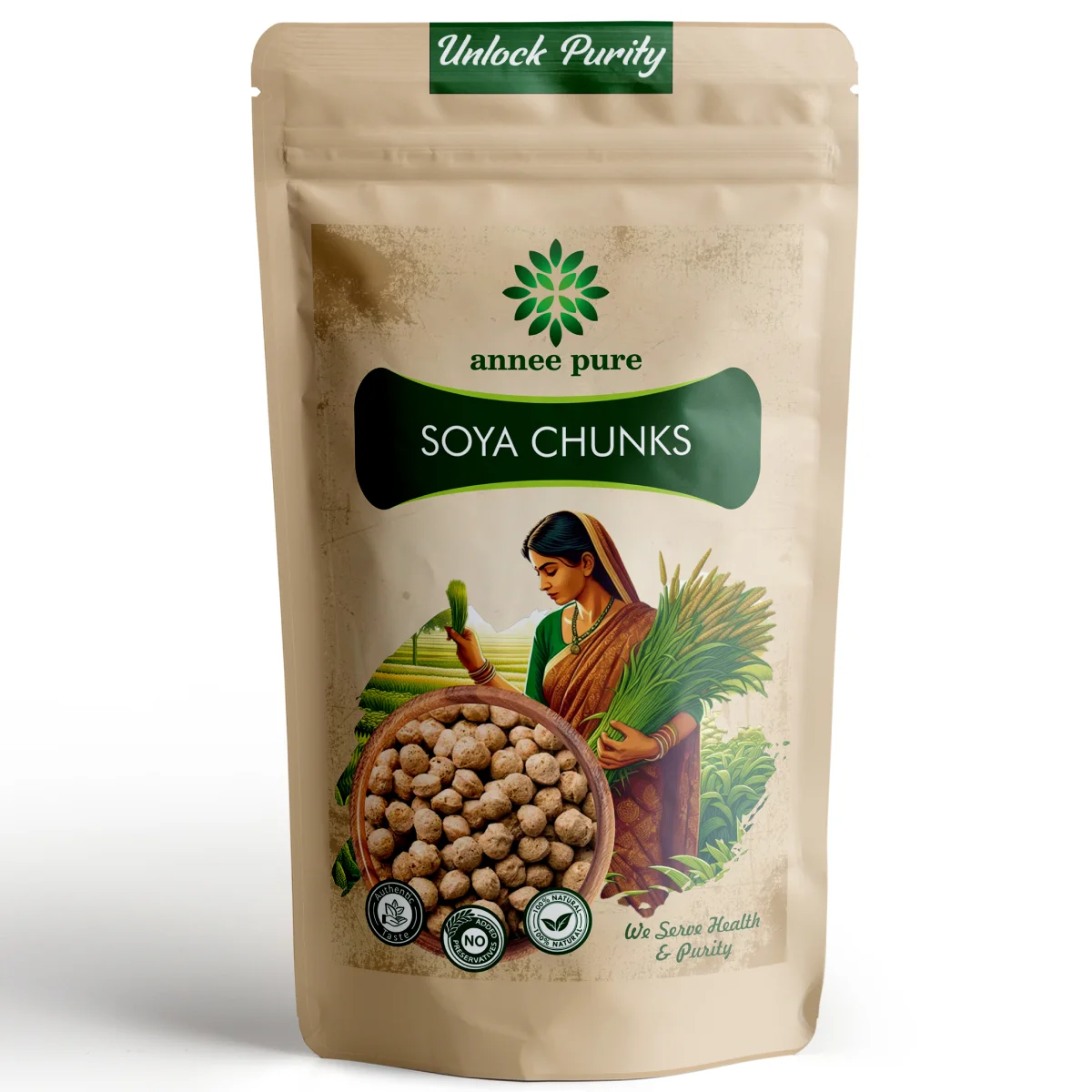
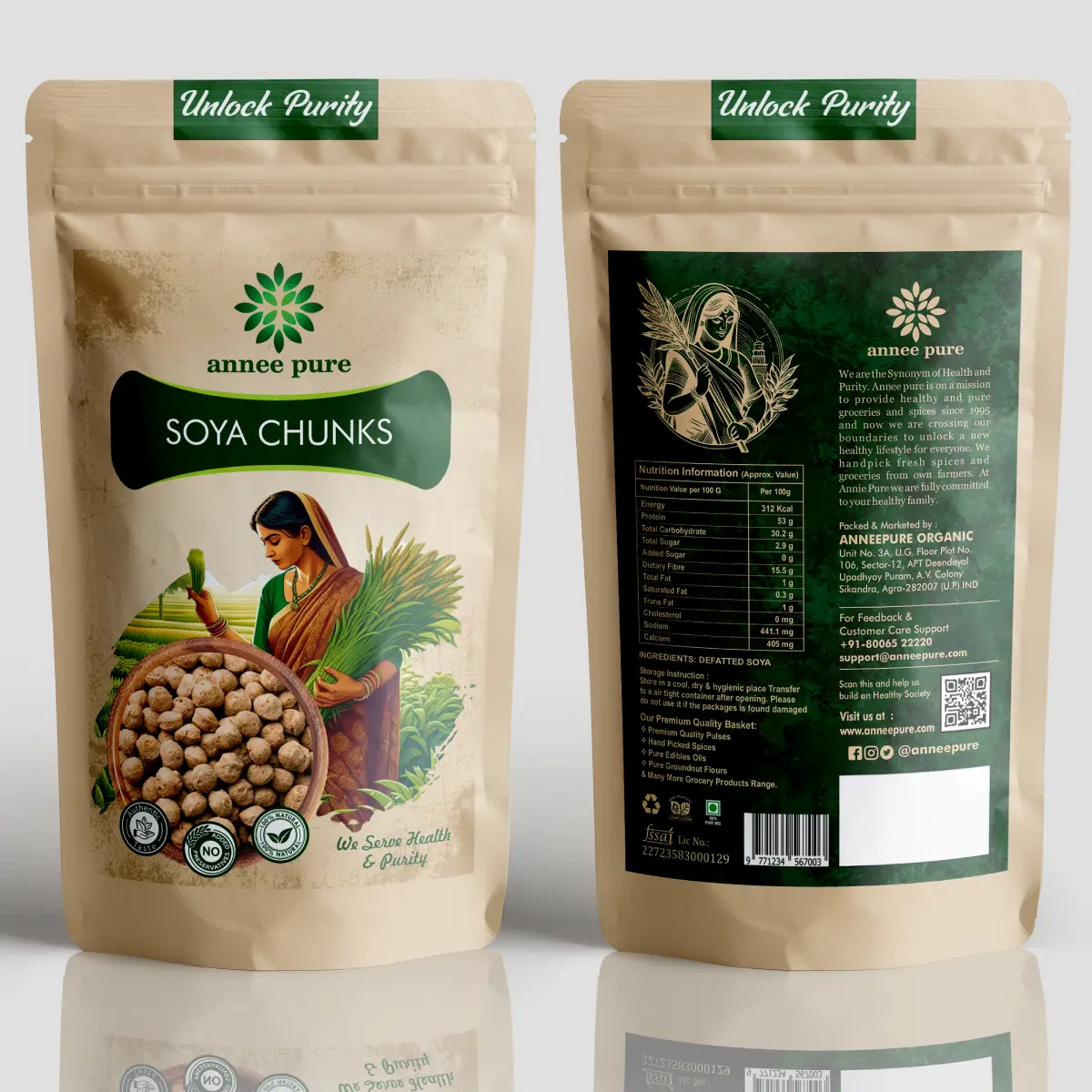
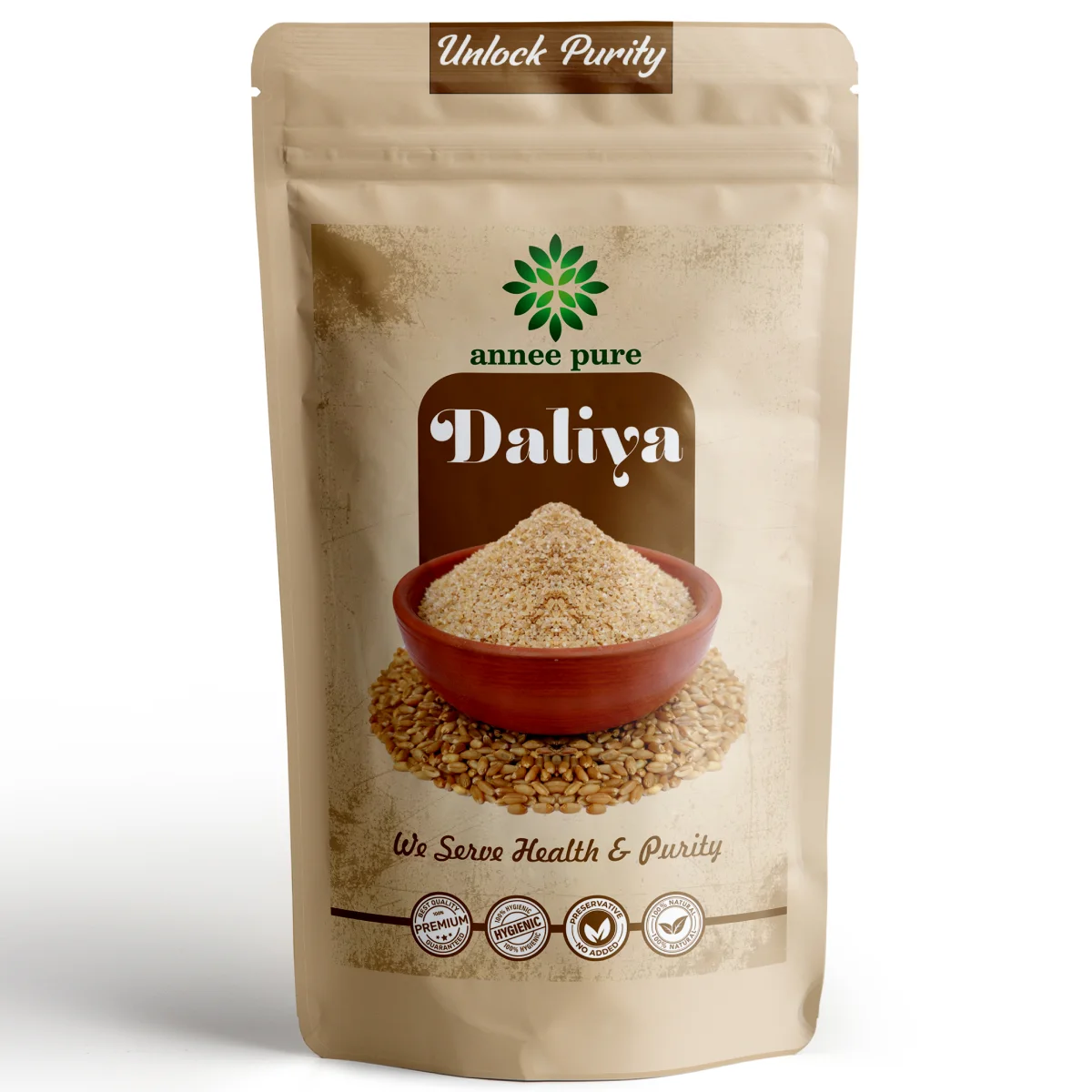
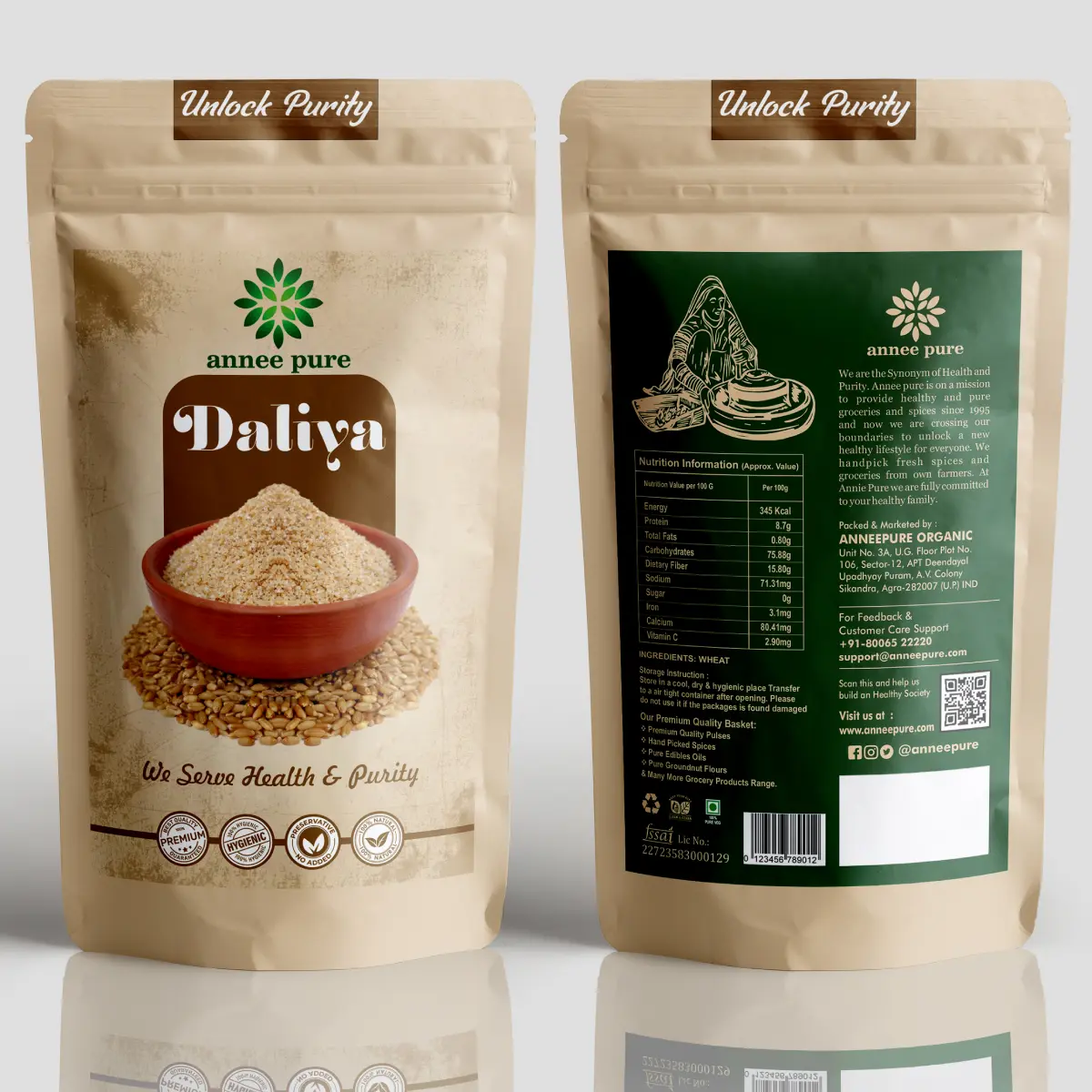
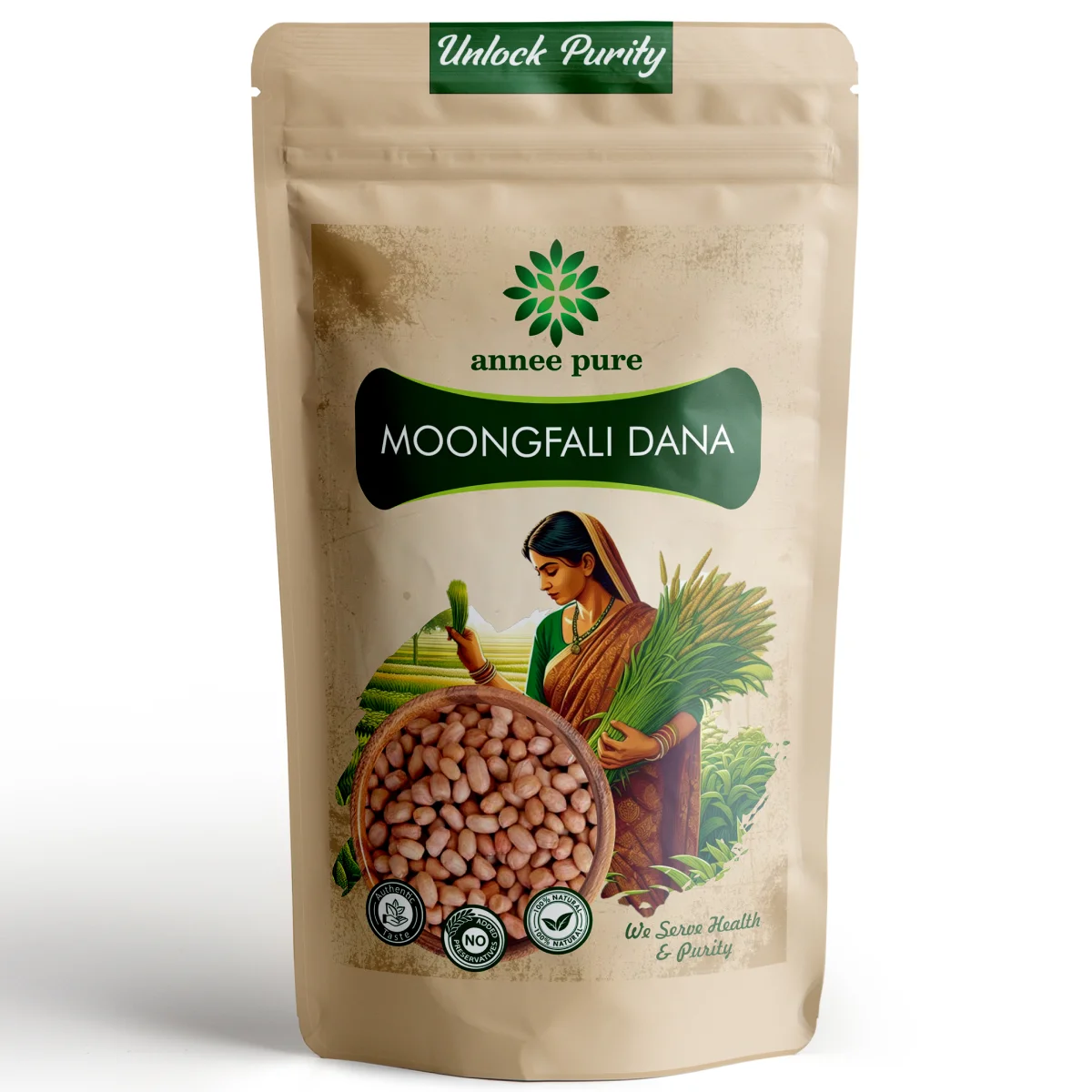
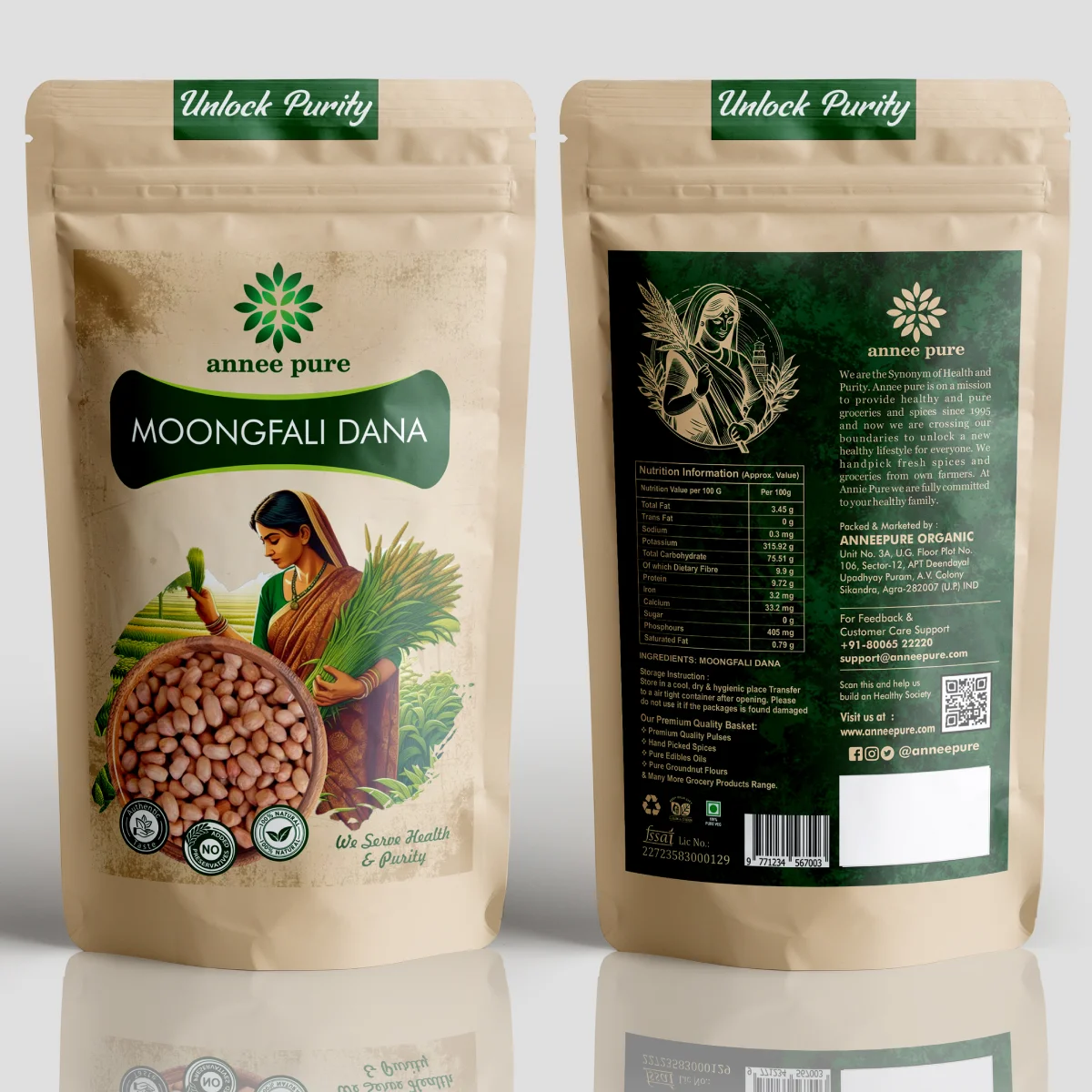

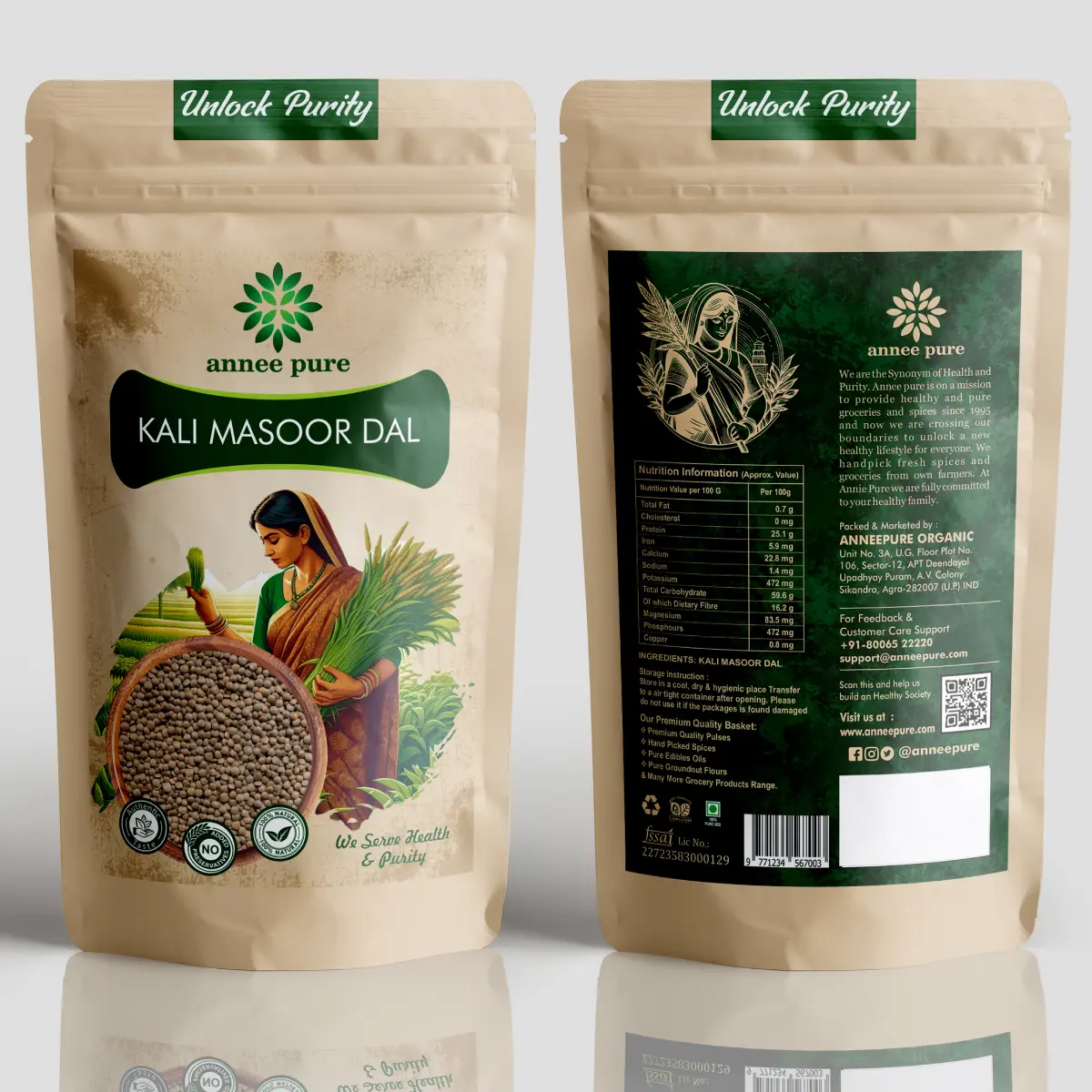



Reviews
There are no reviews yet.